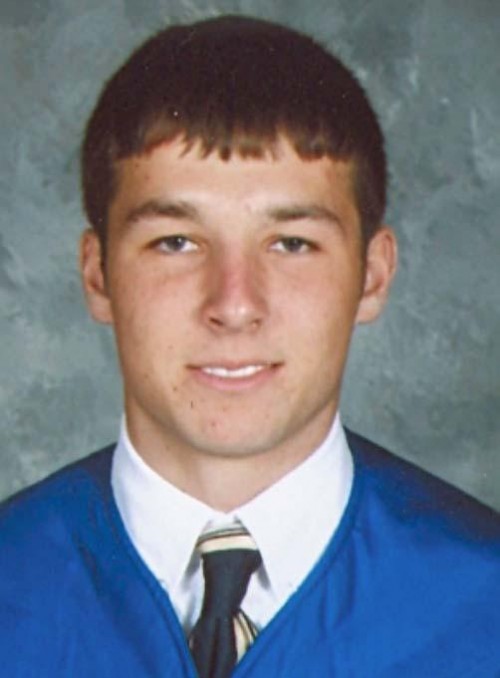
James Cantrelle
September 28, 2010Lafourche District 13 school board
September 30, 2010Over the last five months, BP has had a prominent presence along the Gulf Coast at various local government meetings and outreach centers – but this time, BP has made its way into the Terrebonne Parish school system.
Eighth grade students of Oaklawn Junior High School were able to sit in on one of four scheduled science demonstrations last Wednesday prepared by BP and Gary Ott of National Oceanic and Atmospheric Administration (NOAA). The demonstrations were designed to better educate the students about the Deepwater Horizon oil spill, and give them the most current information available.
“The primary purpose [of the demonstration] is to inform and educate students on the methods used to clean up the oil in the Gulf and the wetlands and marshes,” Janella Newsome, BP media liaison said in a press release. “It’s also to dispel myths about dispersants, subsurface oil and seafood safety.”
According to BP representatives, it won’t be the last demonstration.
“This is the first session of many going on,” Charles Gaiennie, a BP representative said at Oaklawn’s library last week. “We are starting here in Terrebonne Parish with eighth grade because they are the first of school age kids that have a defined science class. We wanted to reach out to schools that are near communities that have been directly impacted by the oil spill, so Terrebonne was a good choice. There’s a lot of information that’s out there isn’t current or accurate.”
The students who attended the first demonstration, held at 8:30 a.m., filed into the library and were greeted by BP Community Support Lead Peter Clifford, who asked if they had heard about the oil spill. Students who answered Clifford’s questions correctly received a prize – a BP hat or pen.
“There was a lot of oil that went into the Gulf, so that’s the reason we’re here, and there were a lot of scientific things that had to happen with clean up,” Clifford told students.
Ott began opened his presentation by giving the students a quick overview on oil, then began his visual presentation with a fish tank full of water.
“We’re going to have a pretend spill with some vegetable oil,” Ott said. “I’m going to put the oil in the water from the bottom, and we’re going to pretend this is the Gulf of Mexico. The bottom to the top is one mile, and as the oil floats, it comes up to the surface and spreads on the top of the water.”
Using a mixture of vegetable oil and cocoa powder, Ott let the students watch the makeshift crude oil float to the top of the fish tank, then had volunteer Jaycie Jones, 13, help him clean up the oil.
“The biggest thing I learned [today] is oil is not that easy to gather when it’s spread out,” Jaycie said as she used an eyedropper as a skimmer, paper towels as absorbent boom and dish detergent as dispersant to try to get rid of the oil on the top of the fish tank.
“There’s inefficiency with skimmers,” Ott said. “They also pick up water with oil. It’s as if I told you I want to clean this whole building with eyedroppers, how well am I going to do it? Not too well. So there’s a certain amount of helplessness when you’re dealing with big oil spills.”
Ott also passed around oil-coated feathers to demonstrate the effects of oil on the wildlife in the Gulf, comparing the feathers to zippers.
“The zippers wont gather up again if oil is on the feathers,” Ott said.
After assisting Ott with the demonstration, Jaycie asked why people had blamed BP for the spill.
“When you have a spill and it’s going on day after day and you think it’s going to affect your life and your ability to fish and have a job, you feel helpless and you get angry,” Ott responded. “That’s what people do when they feel helpless, and who are they going to blame? They’re going to blame someone. So, one company that stood up was BP because they had interest in that well, and they took the heat.”
Following the presentation, students were given homework assignments in both their science class and English class based on what they learned from the demonstration.
“The plan is to conduct these science projects in affected parishes including Terrebonne, Iberia, Vermillion, Jefferson, Lafourche, Plaquemines, Orleans, St. Bernard, St. Mary and St. Tammany,” Newsome said. “The science project was very successful very well received by students [at Oaklawn].”
Newsome added there’s no timeline as to when the science demonstration will reach other junior high schools within these coastal parishes as BP is still in the process of scheduling.
BP representatives have joined forces with the National Oceanic and Atmospheric Administration (NOAA) to teach area students about the Deepwater Horizon oil spill and the methods used to clean up the oil in the Gulf of Mexico, as well as the wetlands and marshes JENNA FARMER








